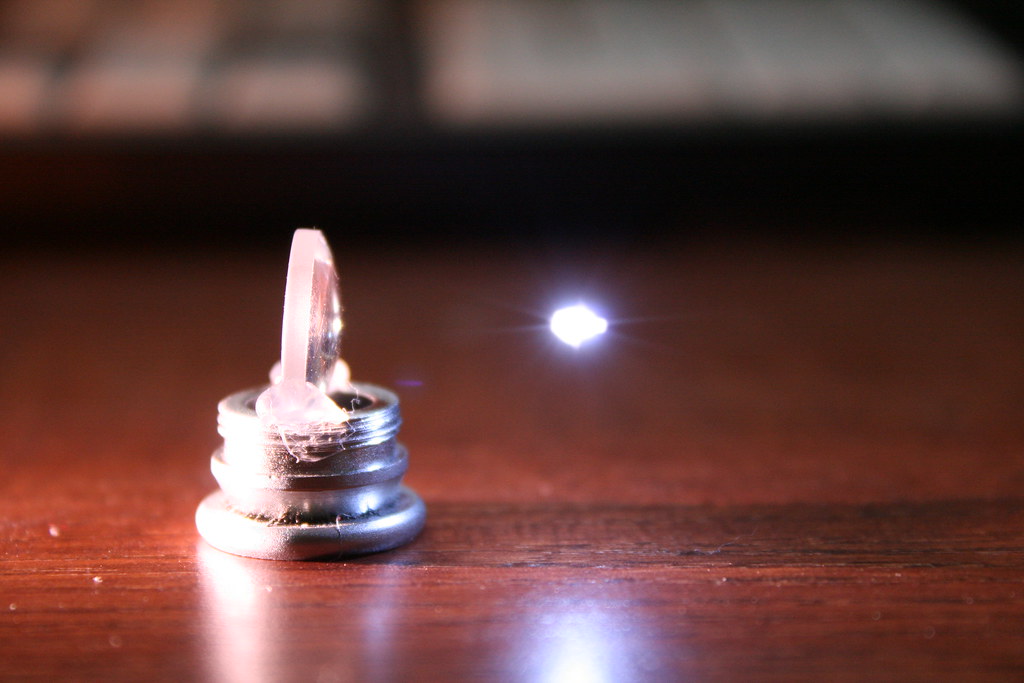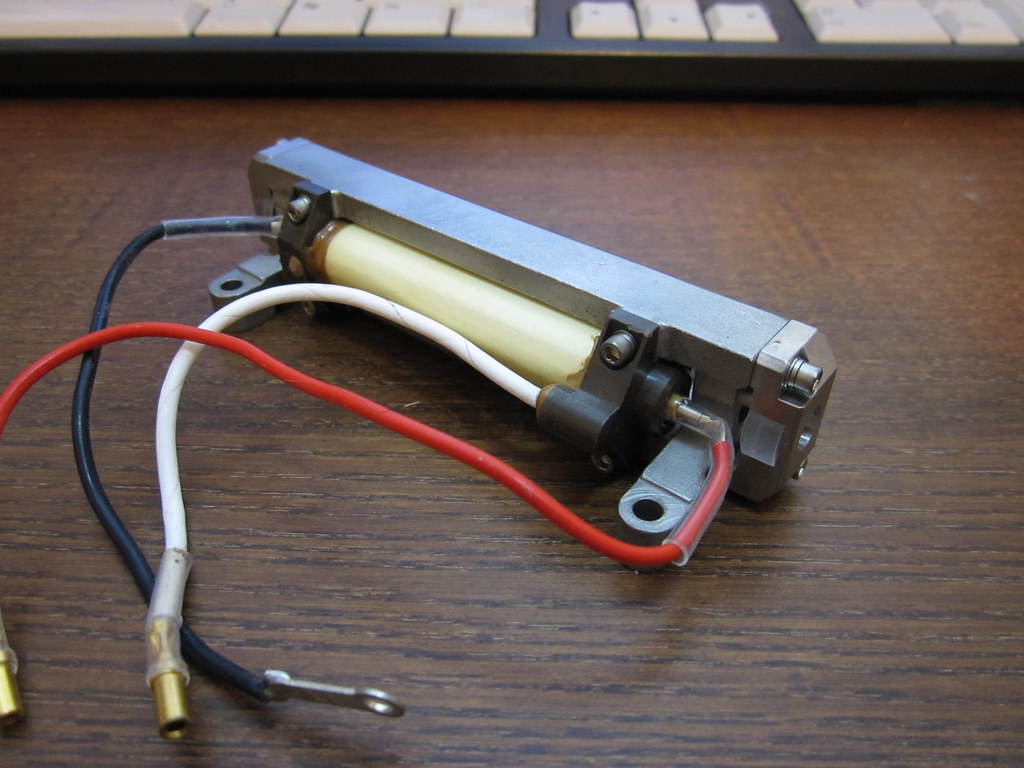- Joined
- Mar 1, 2015
- Messages
- 11
- Points
- 0
Hello,
I'm trying to find any laser that can Ionize air/pressurized air. (something cheap)
So I saw some lasers that have 10 W (laser pointers) that are for 100$, They have a short wavelength 400 nm (and they are continuous ofc) I'm not sure if these can Ionize air or not, any ideas?
Also please if you have any suggestions please let me know.
Thanks.
I'm trying to find any laser that can Ionize air/pressurized air. (something cheap)
So I saw some lasers that have 10 W (laser pointers) that are for 100$, They have a short wavelength 400 nm (and they are continuous ofc) I'm not sure if these can Ionize air or not, any ideas?
Also please if you have any suggestions please let me know.
Thanks.









